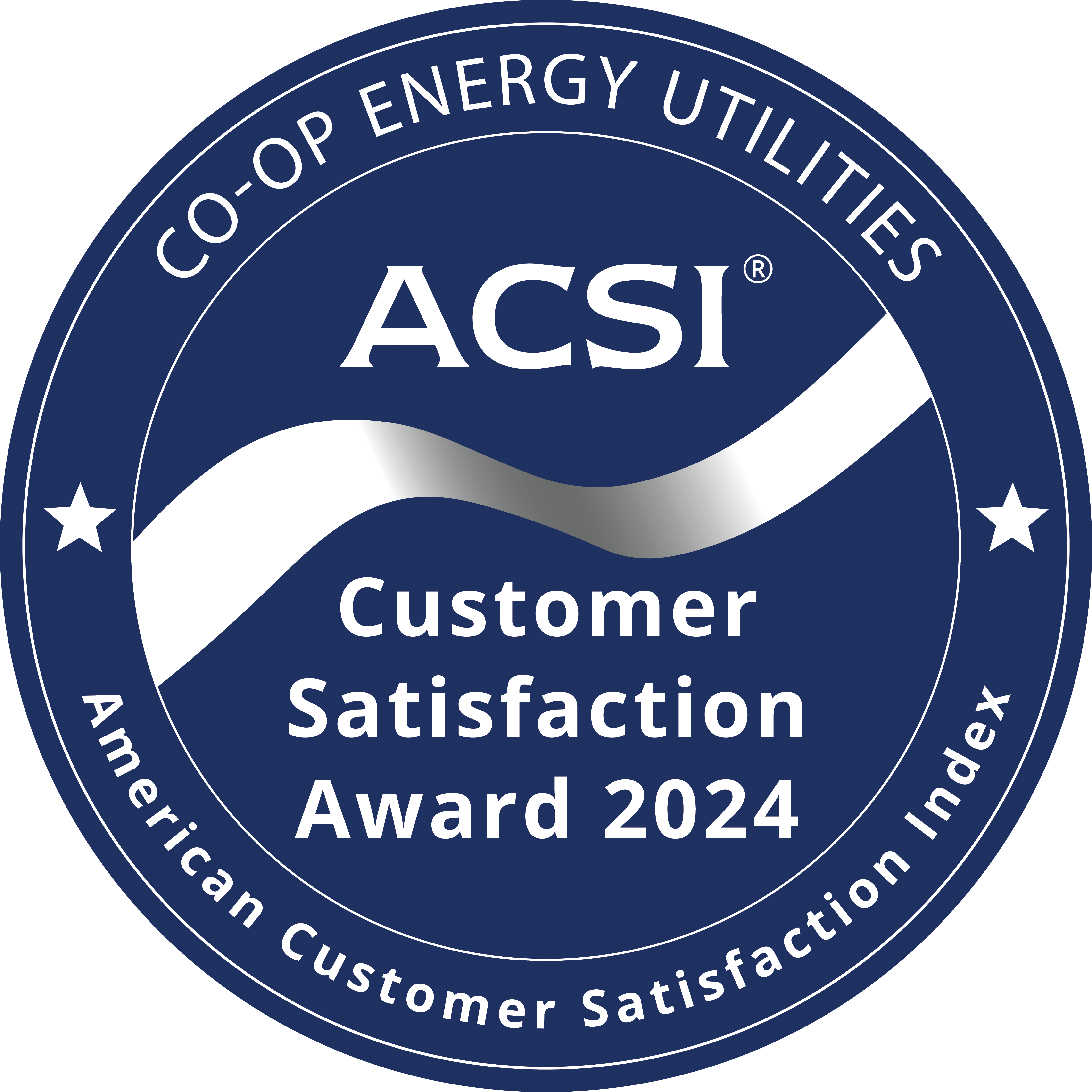South River EMC has joined with North Carolina’s 25 electric cooperatives in announcing expanded efforts to build a brighter future for our members and communities across the state, including over 44,000 members our cooperative serves in Harnett, Cumberland, Sampson, Johnston and Bladen counties.
Recognizing and supporting the priorities of our members, we are launching new efforts to preserve the reliability and affordability of electricity while also achieving important sustainability goals. Specifically, South River EMC and the state’s other electric cooperatives are working together to reach net zero carbon emissions by 2050 with an interim goal of reducing carbon emissions by 50 percent from 2005 levels by 2030. By coordinating new and existing resources and implementing innovative services for our members, we are creating a modern electric grid that is more flexible, resilient and capable of supporting new energy solutions and the growing needs of local communities.
Beyond providing reliable, affordable and sustainable power, our commitment to building a brighter future extends to enriching local communities through economic development, education initiatives and community support that will help bridge our state’s urban/rural divide. A few examples of this include our work with the agricultural microgrid at Butler Farms, along with our efforts in programs, which help manage demand for power and keep costs down for everyone, and the Advise Guys, a dedicated team that provides South River EMC members input and advice regarding energy saving measures.
Cooperative Installs Solar + Battery Project
North Carolina’s Electric Cooperatives, including South River EMC, are bringing new energy innovation to rural North Carolina by coupling utility-scale solar with battery energy storage at 14 locations. The new “solar + storage” resources will be interconnected to electric cooperative grids and support the cooperatives’ Brighter Future efforts – an initiative to support co-op consumer-members and communities by building a more resilient, efficient grid, while upholding affordability and pursuing a long-term sustainability goal.
The 14 solar + storage sites will generate more than 23 MW of energy from more than 75,000 solar panels. In addition to the solar energy, the projects will provide more than 53 MWh of energy storage, expected to be dispatched when demand for electricity on co-op systems peaks. The sites will provide enough energy at maximum output to power more than 23,000 homes.
“Delivering value South River EMC members and communities is a cornerstone of our cooperative purpose, and solar is a growing resource for us,” said Chris M. Spears, CEO, South River EMC. “Pairing solar with battery energy storage enables us to gain the most benefit from an intermittent resource, advancing grid resilience and supporting our goal of achieving net-zero emissions by 2050.”
“Solar energy is most abundant during the middle of the day. However, peak-energy demand typically occurs in the late afternoon hours in the summer and the early morning during the winter. With hybrid solar and storage solutions, renewable solar energy is captured when it’s most abundant in large batteries. This energy can then be discharged exactly when it’s needed to efficiently support the grid,” said Spears.
Cooperatives in North Carolina are working together to integrate innovative energy technologies, like solar and storage at a deliberate pace to balance and uphold commitments to reliability, affordability and sustainability. Currently, electric cooperatives have approximately 500 MW of renewable, distributed energy and edge-of-grid resources integrated or pending integration into cooperative grids through their shared role as a Distribution Operator.
As a Distribution Operator, the state’s electric co-ops are coordinating thousands of distributed energy resources throughout the grid to optimize their performance and support an efficient and strategic grid evolution. This sophisticated capability increases grid resilience and power reliability for co-op members by ensuring each resource and technology contributes optimally to balance the supply of electricity precisely with real-time consumer demand.
“An electric cooperative’s role as a Distributor Operator enables us to monitor the grid holistically and actively manage a growing number of new energy resources in a way that hasn’t been possible in the past,” said Spears. “While cooperative power is already very reliable, this cutting-edge capability enhances reliability even further for co-op members, as power now flows multi-directionally throughout the grid.”
Driven by service and inspired by innovation, North Carolina’s 26 electric cooperatives are building a Brighter Future for 2.5 million North Carolinians. Beyond providing electricity, each of the local not-for-profit cooperatives is investing in their communities and delivering new energy solutions to improve quality of life for co-op members in 93 of 100 counties, primarily in rural areas.




